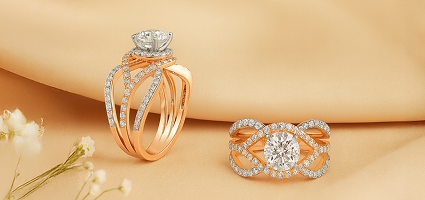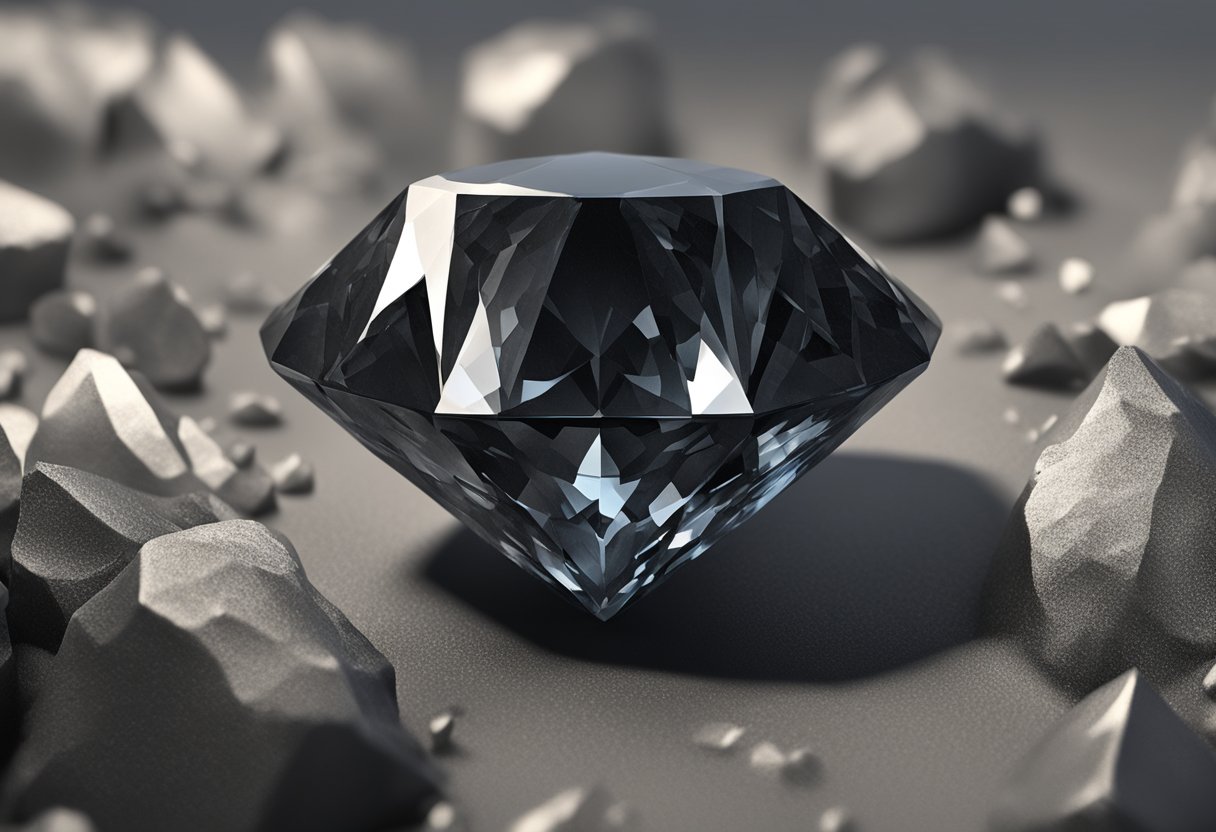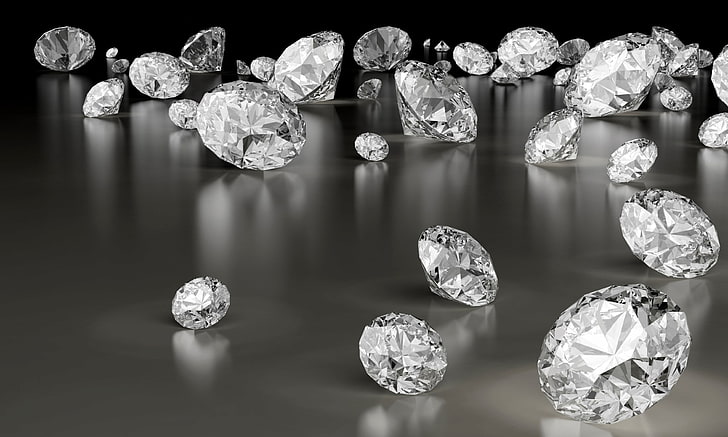What Are the 4Cs?
When it comes to buying diamonds, the term “4Cs” is often thrown around. But what does it really mean? The 4Cs refer to the four key criteria used to evaluate the quality and value of a diamond: Cut, Color, Clarity, and Carat Weight. Understanding these factors can make all the difference when selecting the perfect gem for your special occasion.
Cut
The cut of a diamond doesn’t just refer to its shape; it’s about how well the diamond has been crafted. This includes how well it reflects light, which impacts its brilliance and sparkle. A well-cut diamond will shine brightly, while a poorly cut one may appear dull and lifeless.
Color
Diamonds come in various colors, but when we talk about color in the 4Cs, we’re usually referring to the lack of color. The most sought-after diamonds are colorless, which allows them to reflect light beautifully. However, diamonds can also come in shades of yellow, brown, and even rare colors like blue and pink.
Clarity
Clarity measures the imperfections in a diamond, both inside (inclusions) and on its surface (blemishes). A diamond with fewer imperfections is generally more valuable. The clarity scale ranges from Flawless (no inclusions visible under 10x magnification) to Included (inclusions visible to the naked eye).
Carat Weight
Carat weight measures the size of the diamond. One carat equals 200 milligrams. While many people assume that larger lab made diamonds are always better, the other Cs play a crucial role in determining a diamond’s overall quality and value.
The Importance of the 4Cs
Why They Matter
The 4Cs are critical for assessing a diamond’s quality. They help buyers understand what they’re getting and assist jewelers in pricing their stones. Essentially, the 4Cs are the universal language of diamonds.
How They Affect Value
Each of the 4Cs contributes to the overall value of a diamond. A diamond with an excellent cut but lower color might be more desirable than a colorless stone with a poor cut. Understanding how these factors interact can help you make a more informed decision.
Breaking Down the Diamond 4Cs Chart
The Cut: More Than Just Shape
The cut is perhaps the most crucial of the 4Cs. It determines how well a diamond will sparkle and reflect light.
“Discover exquisite diamonds at novitadiamonds.com. Visit now to find the perfect piece for yourself or someone special!”
Types of Cuts
There are several types of diamond cuts, including:
- Round: The most popular cut, known for its brilliance.
- Princess: A square cut that also offers great sparkle.
- Emerald: Known for its step-cut facets, offering a vintage look.
- Asscher: Similar to the emerald but square in shape.
- Cushion: A classic cut that combines the square and round cuts.
Grading Scale for Cut
The grading scale typically ranges from Excellent to Poor. An Excellent cut will maximize the diamond’s brilliance, while a Poor cut may significantly diminish its sparkle.
Color: Beyond White
When it comes to diamonds, color grading is essential to understanding the gem’s value.
Color Grading Scale
The color scale typically ranges from D (colorless) to Z (light yellow or brown). D-grade diamonds are the rarest and most valuable, while Z-grade stones can appear yellow or brown.
Impact of Color on Value
Color can significantly affect a diamond’s value. A higher-grade color diamond is usually more sought after, leading to a higher price.
Clarity: The Flaw Factor
Clarity is another vital element in the diamond evaluation process.
Clarity Grading Scalef
The clarity scale ranges from Flawless (no inclusions) to Included (inclusions visible to the naked eye). The more flawless a diamond is, the more valuable it becomes.
Common Inclusions and Blemishes
Some common inclusions include feathers, crystals, and clouds. Understanding these can help you gauge the diamond’s overall quality.
Carat Weight: Size Does Matter
Carat weight is the size of the diamond, and while size is often a significant factor, it’s essential to consider it alongside the other Cs.
Carat vs. Size Perception
It’s interesting to note that two diamonds of the same carat weight can appear different in size due to their cut and shape. This perception can affect your choice and satisfaction with the diamond.
The Price Impact of Carat Weight
Larger diamonds are generally more expensive, but the price increases exponentially as carat weight increases. Understanding this can help you find the best value for your budget.
How to Use the 4Cs When Buying a Diamond
Setting Your Priorities
Before you start shopping, think about which of the 4Cs are most important to you. Is it the sparkle from a perfect cut, the size, or perhaps the clarity? Knowing your priorities will help narrow down your options.
Understanding Your Budget
Understanding your budget is crucial. The 4Cs can vary significantly in price, so knowing how much you’re willing to spend will help you focus on the diamonds that meet your criteria.
Myths About the 4Cs
Misconceptions About Cut
One common myth is that a higher carat weight always trumps a better cut. In reality, a smaller diamond with an excellent cut can often outshine a larger diamond with a poor cut.
Color vs. Clarity
Another misconception is that clarity is always more important than color. While clarity does affect a diamond’s appearance, a lower clarity diamond with a high color grade can sometimes be more visually appealing.
Conclusion: Choosing the Right Diamond for You
Understanding the diamond 4Cs chart is essential for making an informed choice when purchasing a diamond. By considering cut, color, clarity, and carat weight, you can find a diamond that perfectly suits your style and budget. Remember, each diamond tells its own story, and the right one will reflect not just quality but also your unique taste. Happy diamond hunting!














